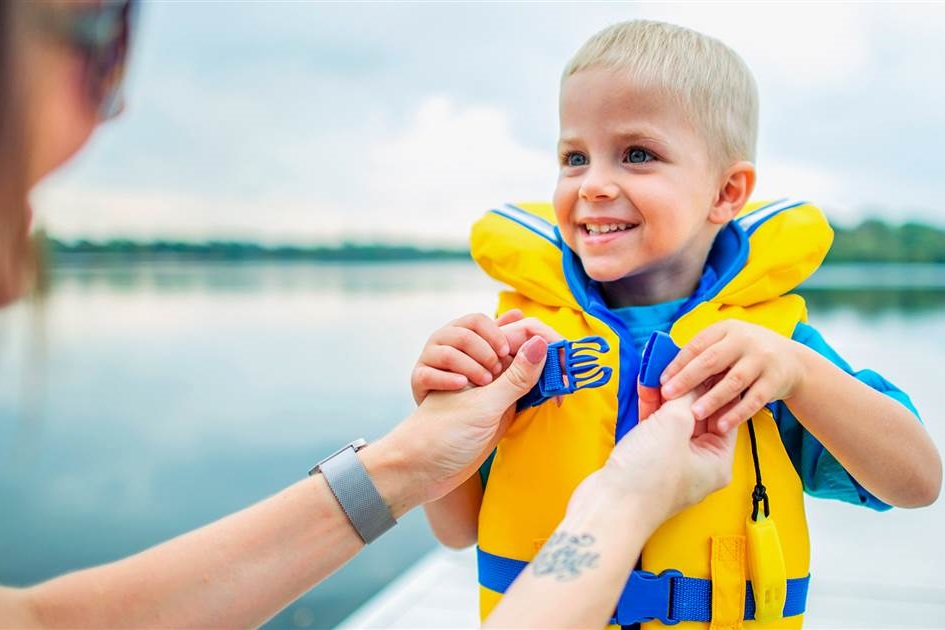Blog
Protecting Children around Water

Water safety is a major concern for any parent. During the current pandemic, we may not be off to summer vacation destinations, but we could still be close to home and near local swimming pools, so ensuring that children are safe around water is our top priority.
Taking children for swimming lessons and ensuring they wear the appropriate water safety gear will help them have fun in a safe environment, and supervision is key. Young children are curious explorers, which is why it is essential to ensure that children are always supervised.
If you have a swimming pool at home or one available to use, ensure that you have checked that the fencing is high enough so that your child won’t be able to climb over it. Also, any gates should be self-closing so that the area is secure when others are entering or leaving the area.
Swimming classes are an important part of ensuring that your child is safe in and around water. You can start swimming lessons when your baby is only a few weeks old; the earlier you start the better, as children often develop fears and anxieties as they get older, which makes it more difficult to teach them.
When children are swimming at the beach or in a swimming pool, all adults should be assigned a period of duty so that the children are always being supervised. It takes seconds for a child to slip into deep water or become distressed. For added peace of mind, the KidiHealth team recommends that parents take a child CPR class, so if the worst should happen to your own child or someone else’s child, you are able to step in and potentially save a life.
The KidiHealth 10-point water safety checklist:
- Enroll your children in regular swimming lessons to teach them to be familiar with water safety and to build their swimming skills.
- Ensure that children are always supervised by an adult when in or near water.
- Where possible, always swim in pools or the beach where there are lifeguards present to assist if your child gets into difficulty.
- If using water sports equipment or boats, ensure properly-sized life jackets are worn.
- If your child is still in diapers, ensure the appropriate waterproof swimwear is used.
- Be aware of nearby older children, as boisterous games can often mean younger children are at risk.
- If swimming in pools with graduated depth, ensure that your children are aware and that they remain within the appropriate area for their ability.
- Keep track of your children with safety bands that show a name and phone number, as that will help you and your child to be reunited in the event of becoming separated at a busy swimming pool or beach.
- Check that the water temperature is comfortable, as young children (especially those under two years old) cannot regulate their own body temperature and may quickly become cold.
- Make sure that your child regularly takes a break and drinks fluids to ensure that they don’t become dehydrated and exhausted while swimming.